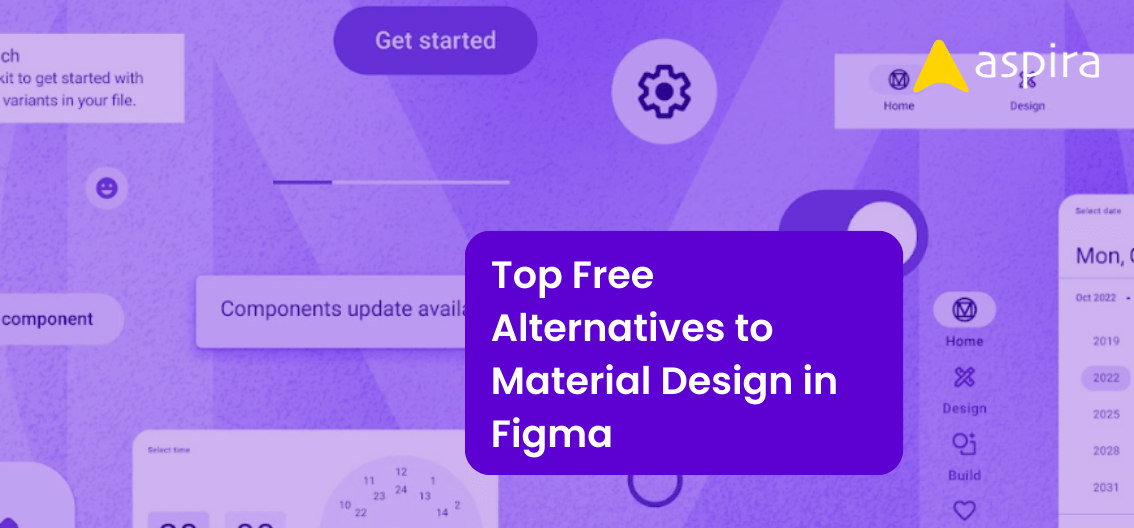UX Design - Mentor & Author.
6 Aug, 2022

Introduction to Design Thinking
Design thinking went viral when top companies like Google, Amazon acknowledged the process in their product development. However, the philosophy has been with us for ages because it is actually a mindset that we use to face challenges.
What is Design Thinking
It is a problem-solving skill with human-centered technique. Design thinking is a soft-skill approach, while driving solutions to a complex issue, using creativity and innovative thinking. UX/UI designers use this method as the primary process at work. It is a widely accepted international process.
What are the stages?
There are five stages in design thinking, and it is a phased approach. Design thinking is an iterative process with a linear adaptation that encourages you to observe, revise, and improvise the solution until the complexity of the problem vanishes.
1. Empathize
2. Define Problems
3. Ideation
4. Prototype
5. Testing
Empathize—putting yourself in their shoes

As it’s a human-centered approach, empathizing with the user’s problems is inevitable. It helps you to connect with the user at a higher level, so that you resonate with their emotions and pain points.
Define Problems—listing the problems

From the realized emotions, create a list of problems and challenges faced by the user. Fish out a story to get a clear cycle of when, how, and why the problem occurs.
Ideation—sketch solutions

Sketch out a wireframe for each different solution. A visual entity like the wireframe can validate your solution ideas. It is also practical when you have more stakeholders involved in the project.
Prototype—MVP of your solution

After wire framing, prototype the solution. The prototype is a working model of your solution but with minimal yet important functionalities. You will need to breathe life into your sketches through UX/UI design and development.
Testing—gather user feedback

The significant stage of the process is collecting feedback from the users. You can run different tests like real-time user feedback, screen recording to understand user behaviour and written reviews.
How does design thinking help
Unlike the regular phased approach, the work doesn’t stop with the last stage. It is a loop and it ends when the user is satisfied with the solution. When the benefits of your solution outweighs the pain points, BINGO!!
But if you are looking to improvise an existing product, you begin with testing, and the gathered feedback serves as pain points. So, it’s a closed loop system. Also, sometimes you will skip the wireframe and introduce the prototype. The goal is to get a solution using innovation irrespective of the stage. It needs to be creative, functional and serve the purpose.
Who can else use this process?

The beauty is that everybody can borrow the design thinking principles. From literature to business, you can apply the methods to get a fun, creative solution. Leaders claim that design thinking has lifted them out of some complex life problems of stress.
Conclusion
In nutshell, design thinking is a mindset. The more you train yourself to approach the challenges in your life through a process, it becomes trained at a subconscious level to respond to obstacles.
Let me know if you apply design thinking in your life in the comments.



